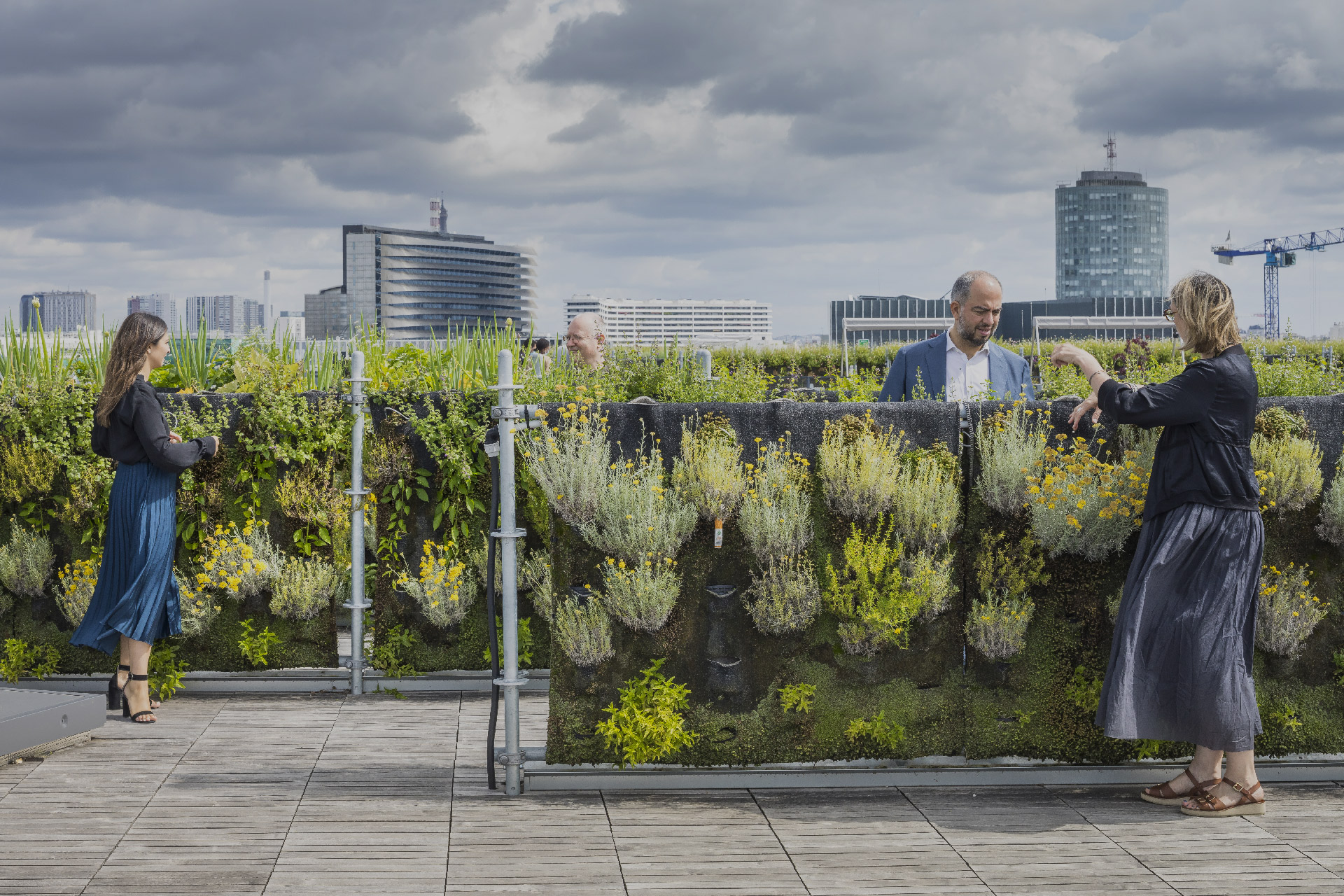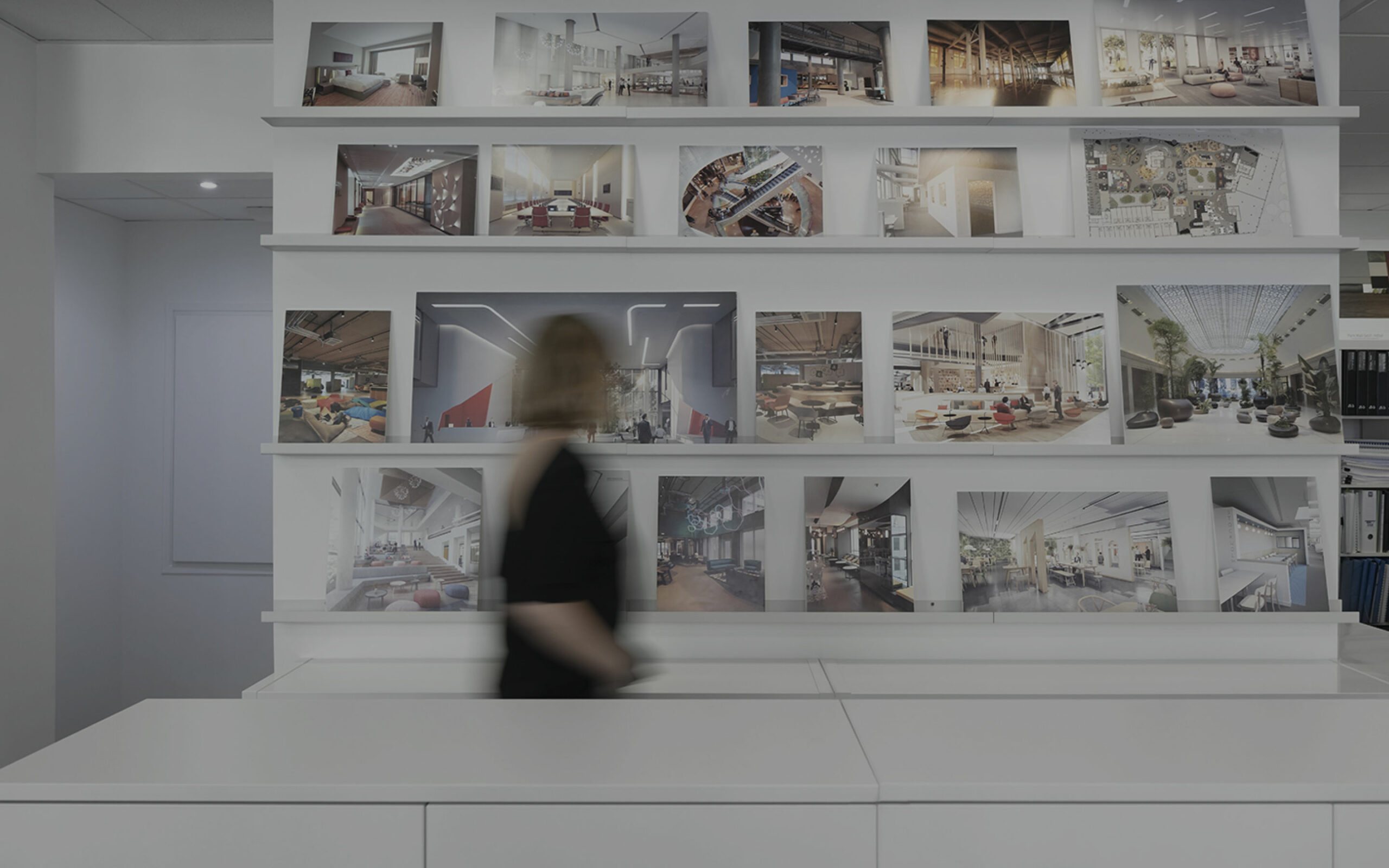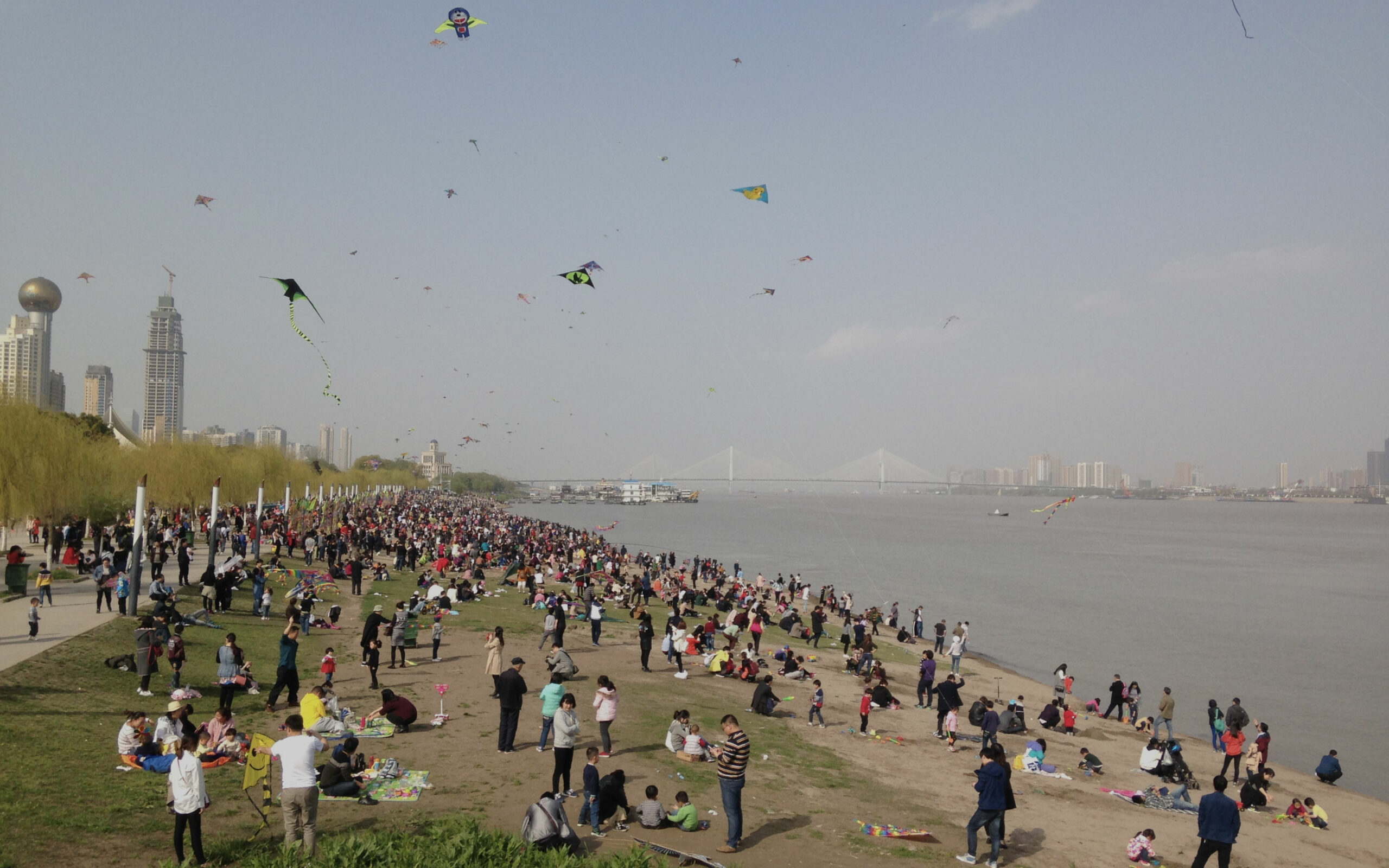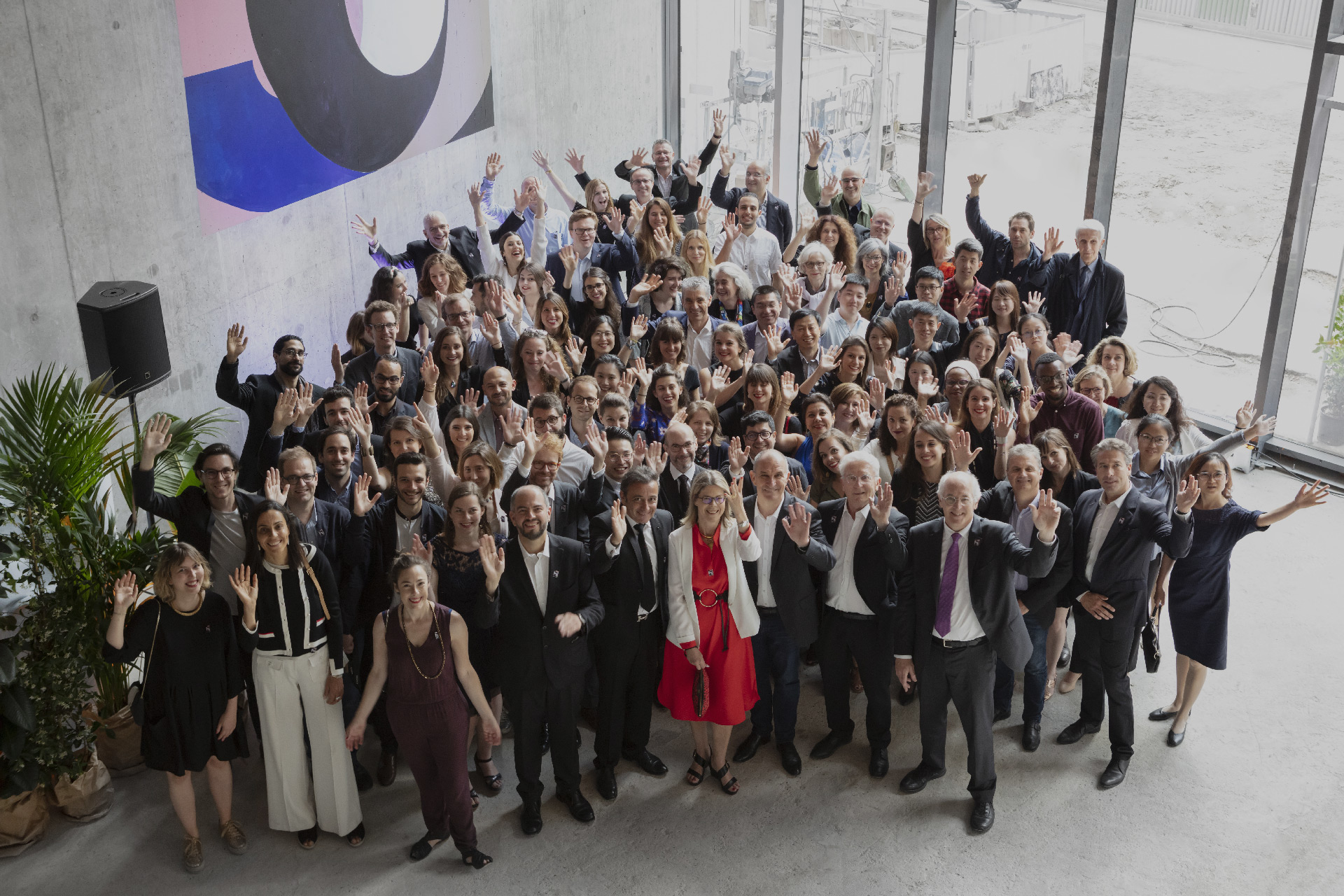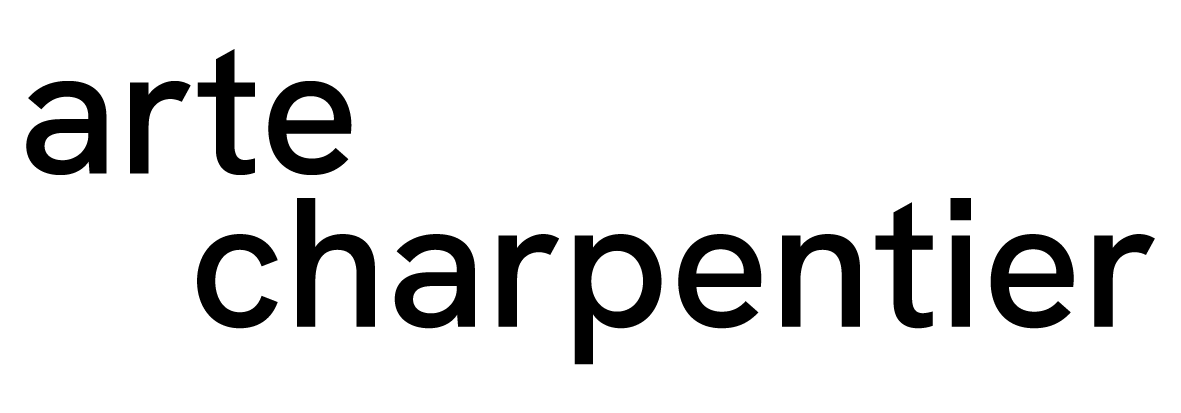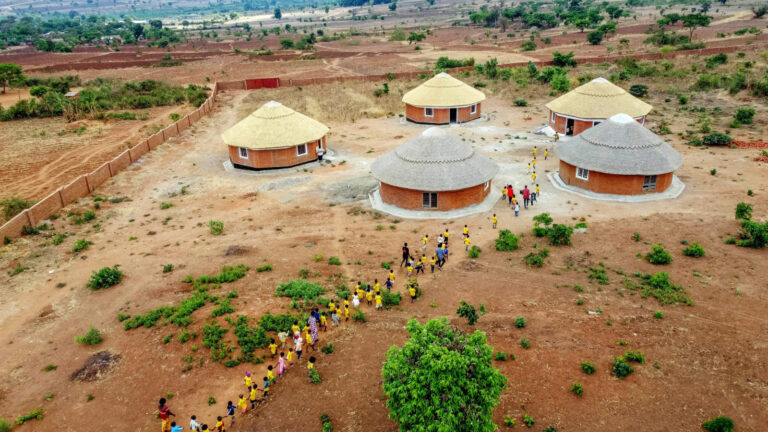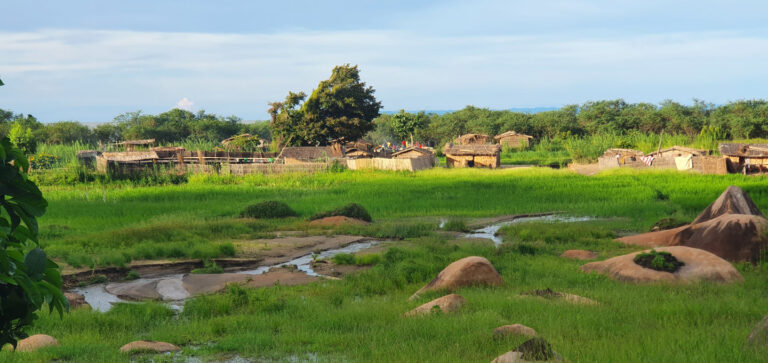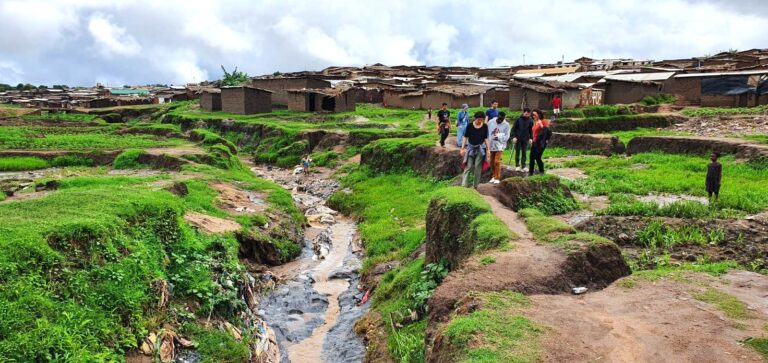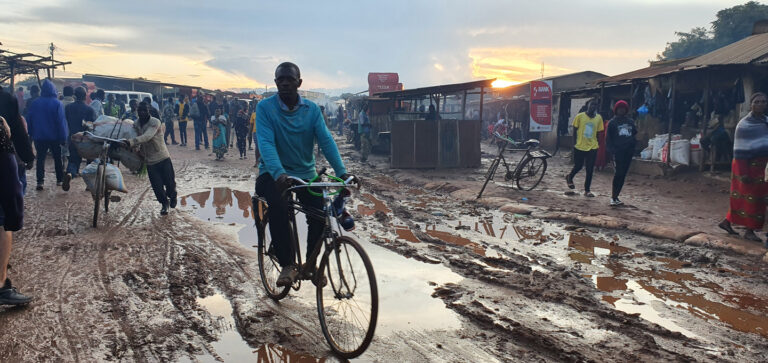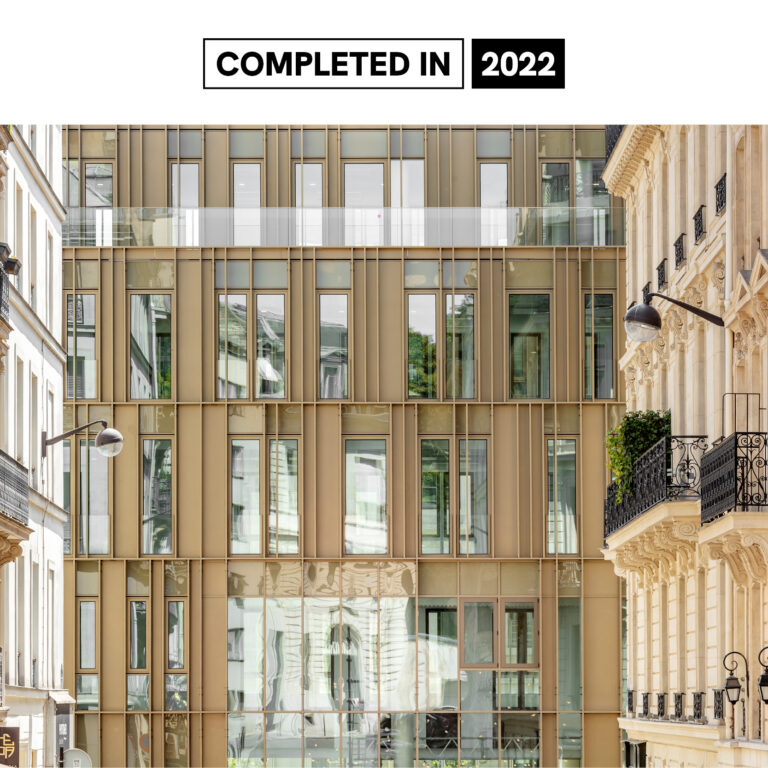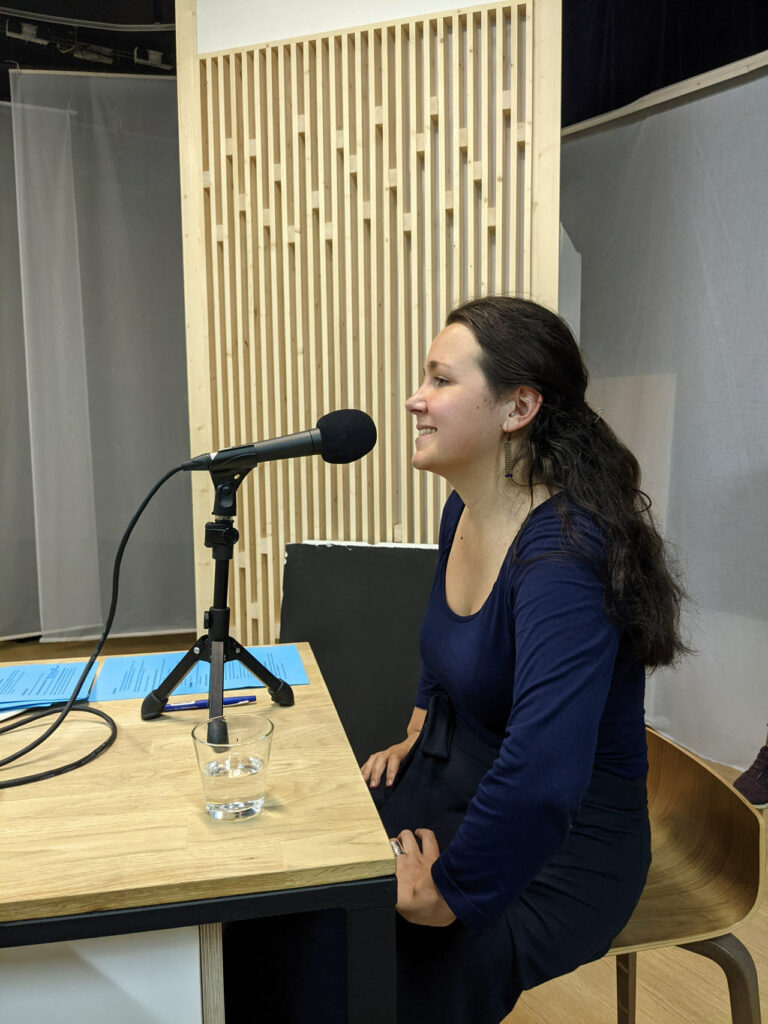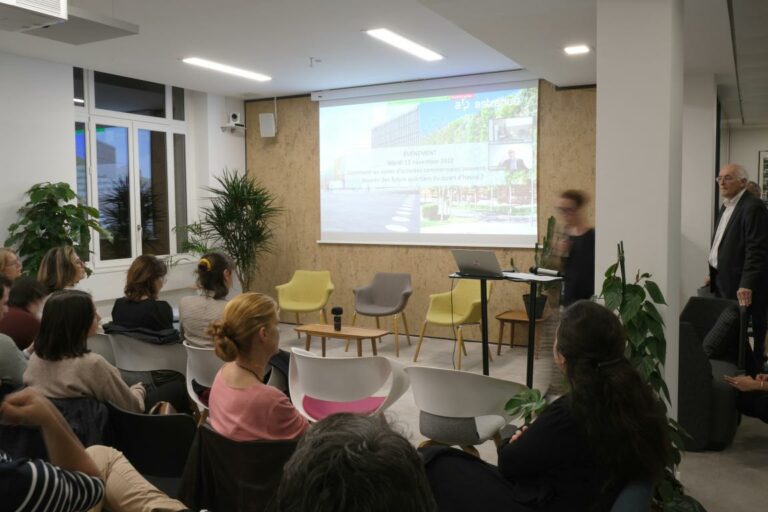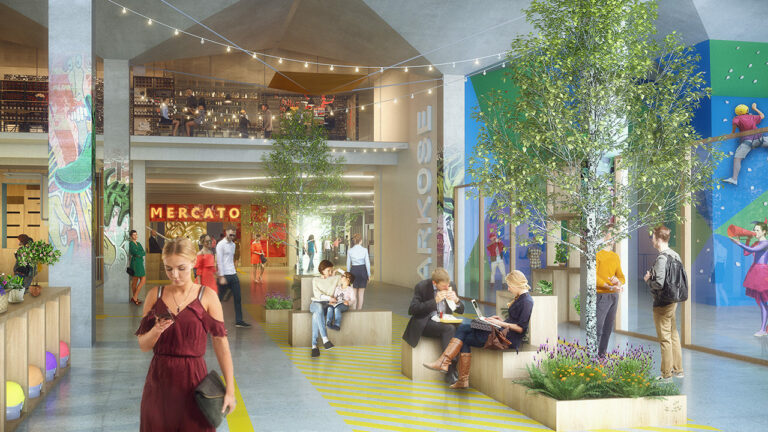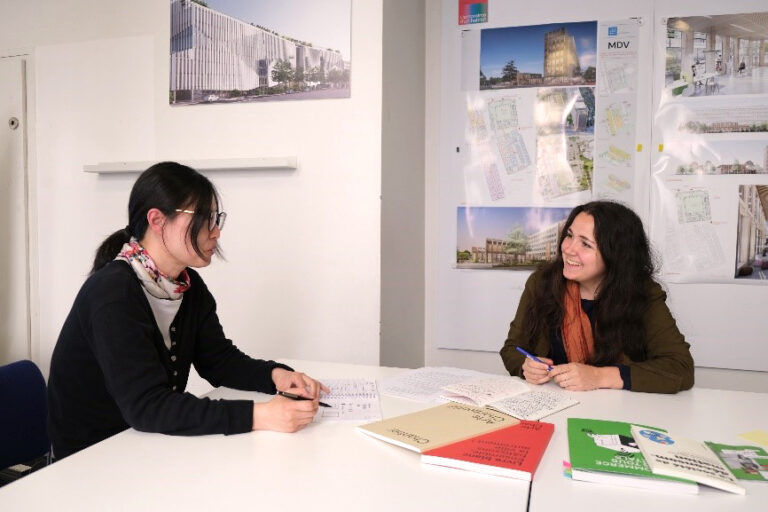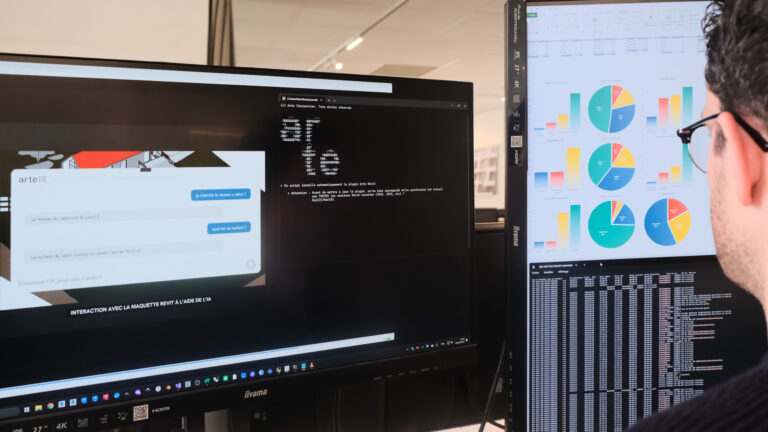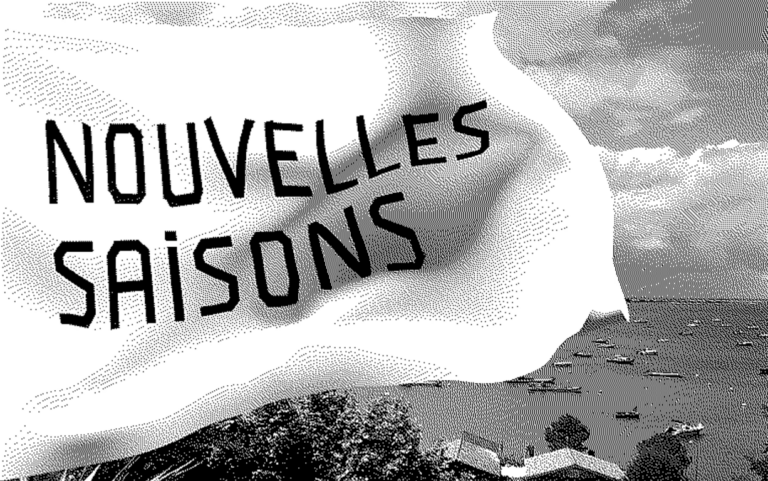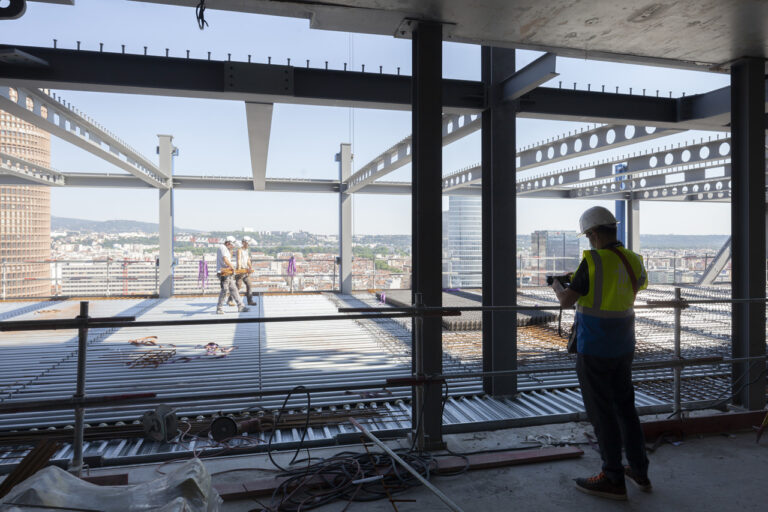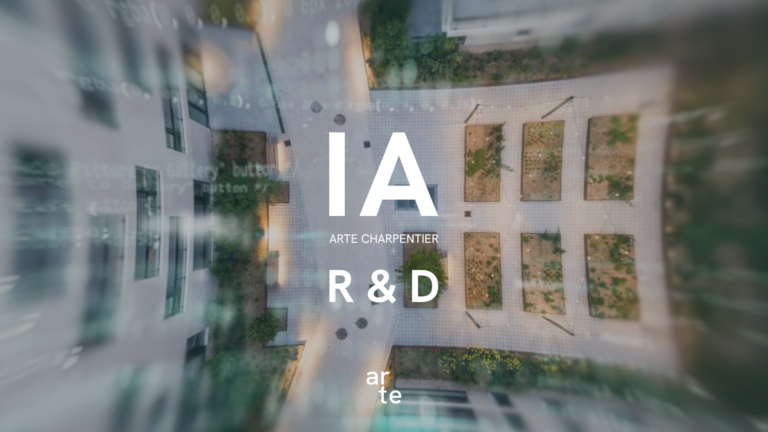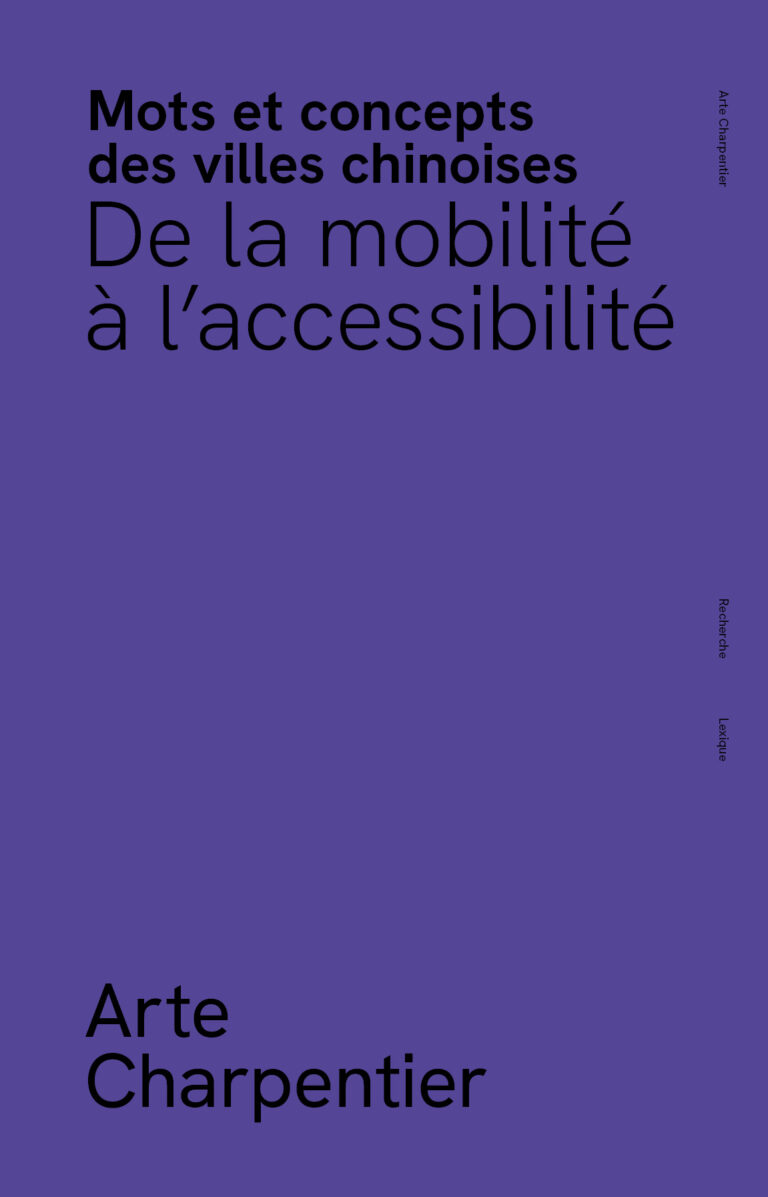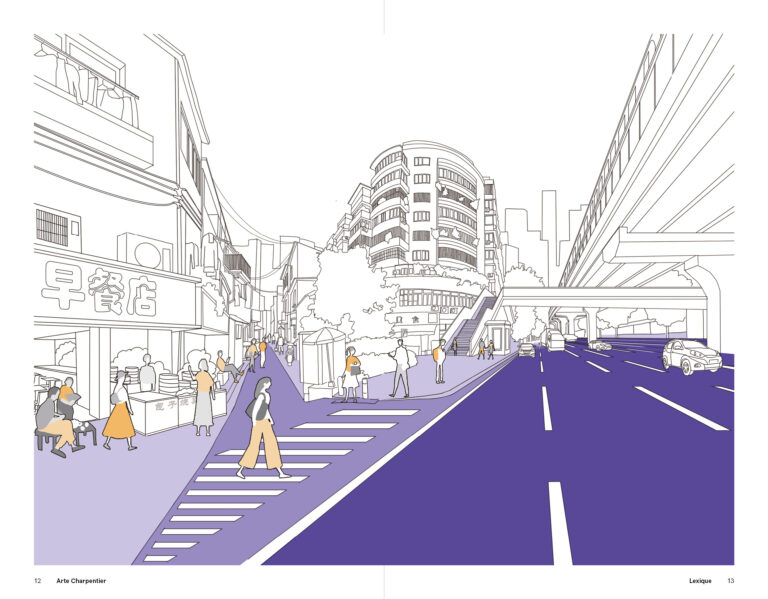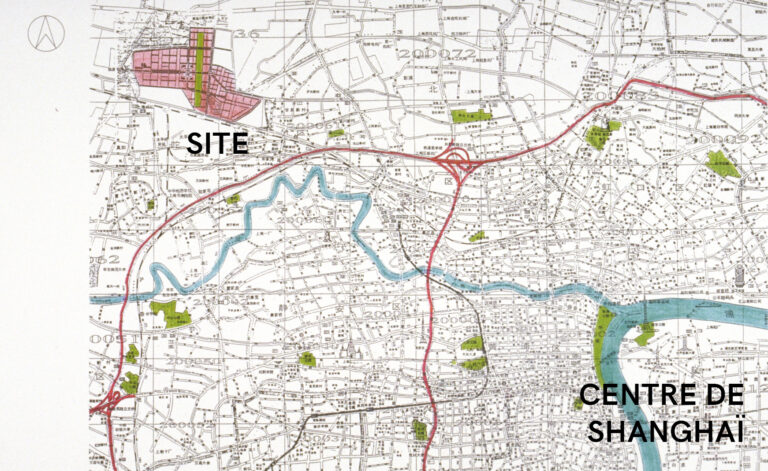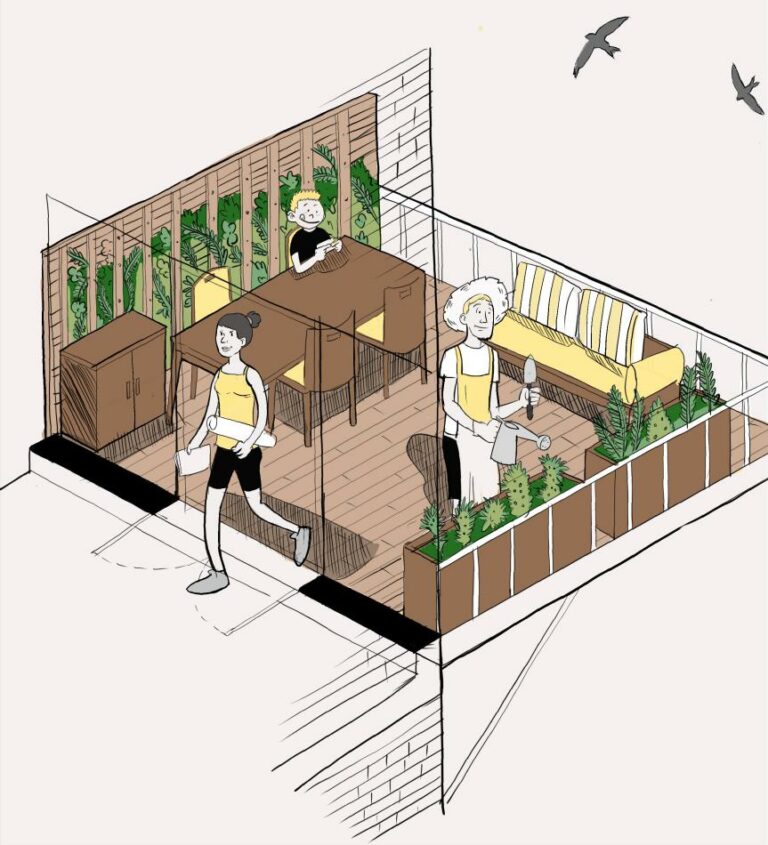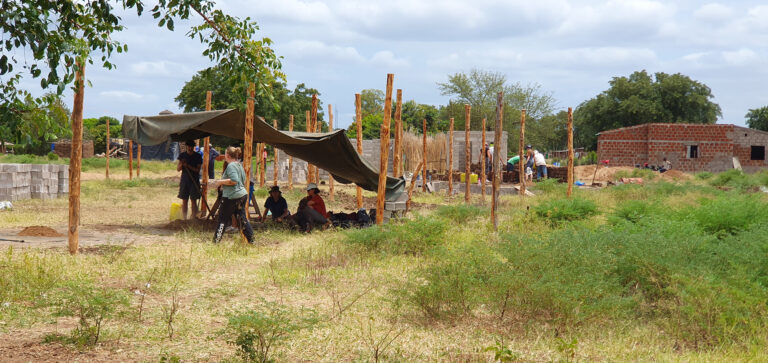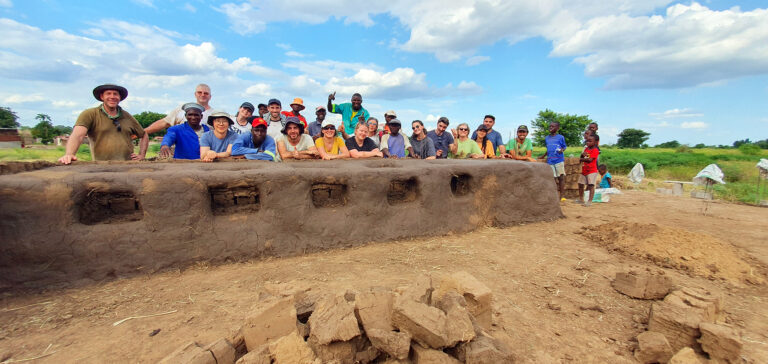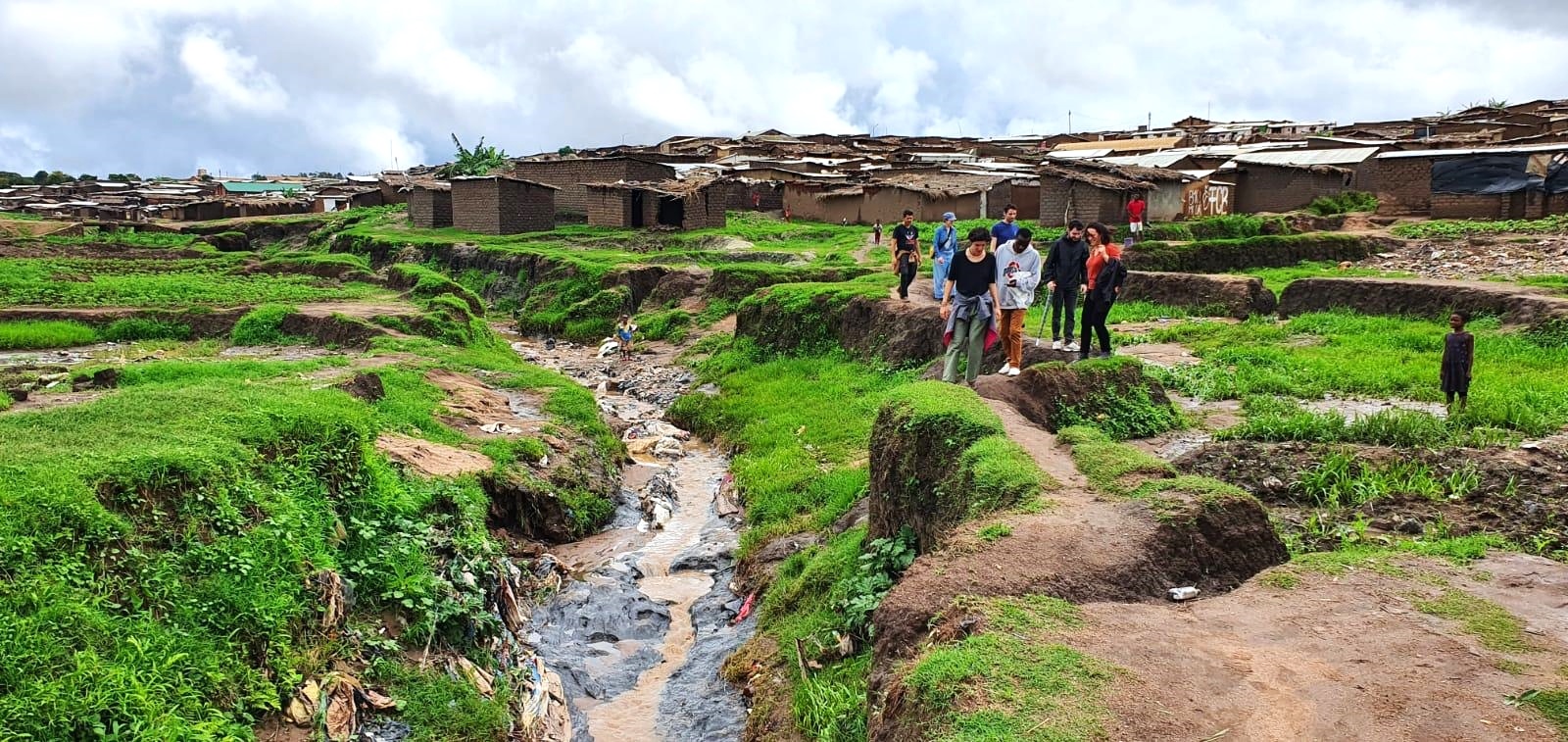
For several years, Arte Charpentier has been involved with associations with various missions, including Architectes solidaires and Rêves de gosse.
The reality of refugees
I was able to go to the refugee camp twice with Peter: two different but equally heart-breaking visits. In stark contrast to UBUNTU, the living conditions are terrible: muddy floors, collapsed houses, gutted roofs, litter all over the ground. It was a dramatic situation…. It is a city that is not officially a city. No police, no doctors, no connection to water (sanitation, drinking water). Diseases are rife… And yet, against all odds, everyone in this deplorable context was welcoming and smiling. The children would hug us as soon as they saw us in the camp.
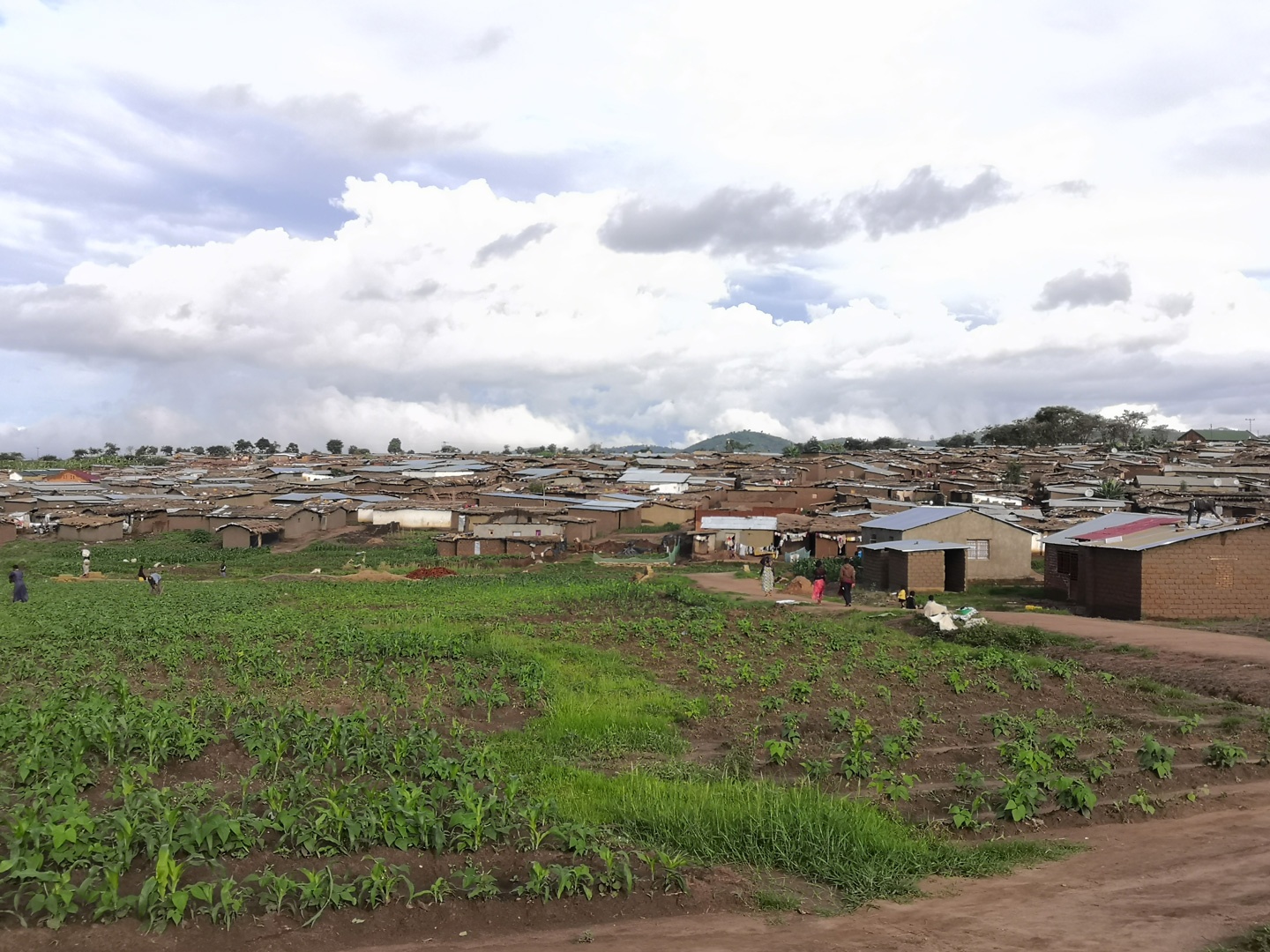
We were invited to enter the houses and listen to several stories of families who opened their doors to us with a smile. Most are single parent-families (mainly single mothers) with several children living in very precarious conditions. The houses do not follow any urban planning logic and are sometimes built in the middle of a traffic axis. Everywhere is pedestrian, and it is rare to see a crossing of perpendicular streets. Everything is built out of clay bricks, which means that the houses blend into the clay-coloured landscape. The roofs are made up of a cluster of superimposed materials: branches, plastic, wood, sheet metal, leaves, etc. They didn’t seem watertight and the facades were waterlogged. Water is the scourge of the camp during this period, as it was plain to see… The rising humidity further weakens the houses in an advanced state of deterioration.
Upon entering one woman’s home, the first thing we saw was her five children. They were barefoot. The floor was the same between the outside and the inside. The house had quite a low ceiling. The space was particularly dark. The smoke created a stifling atmosphere. We quickly gathered that the smoke was coming from a corner that served as the kitchen. Cooking is done indoors, without evacuation: wood is expensive, and this rare resource must not be rapidly consumed. As a result, the refugees prefer confined spaces without air exchange. There are no windows or electrical appliances to evacuate smoke, and the floor and walls near the “kitchen” were blackened. I quickly stooped, as if about to jump out of a damaged airplane. Families are intoxicated non-stop. For food, this family also depends on United Nations aid programmes. The latter provide food every week. An unvaried ration of rice and flour. I doubt that the quantity is sufficient for a large family. The mother showed us where she sleeps, and also the children’s room. The rooms are too small. Water seeps through in places, and especially through the roof. A few pieces of cloth hung on the ceiling diverted the drops away from the mother’s bed. We emerged stunned from this visit.
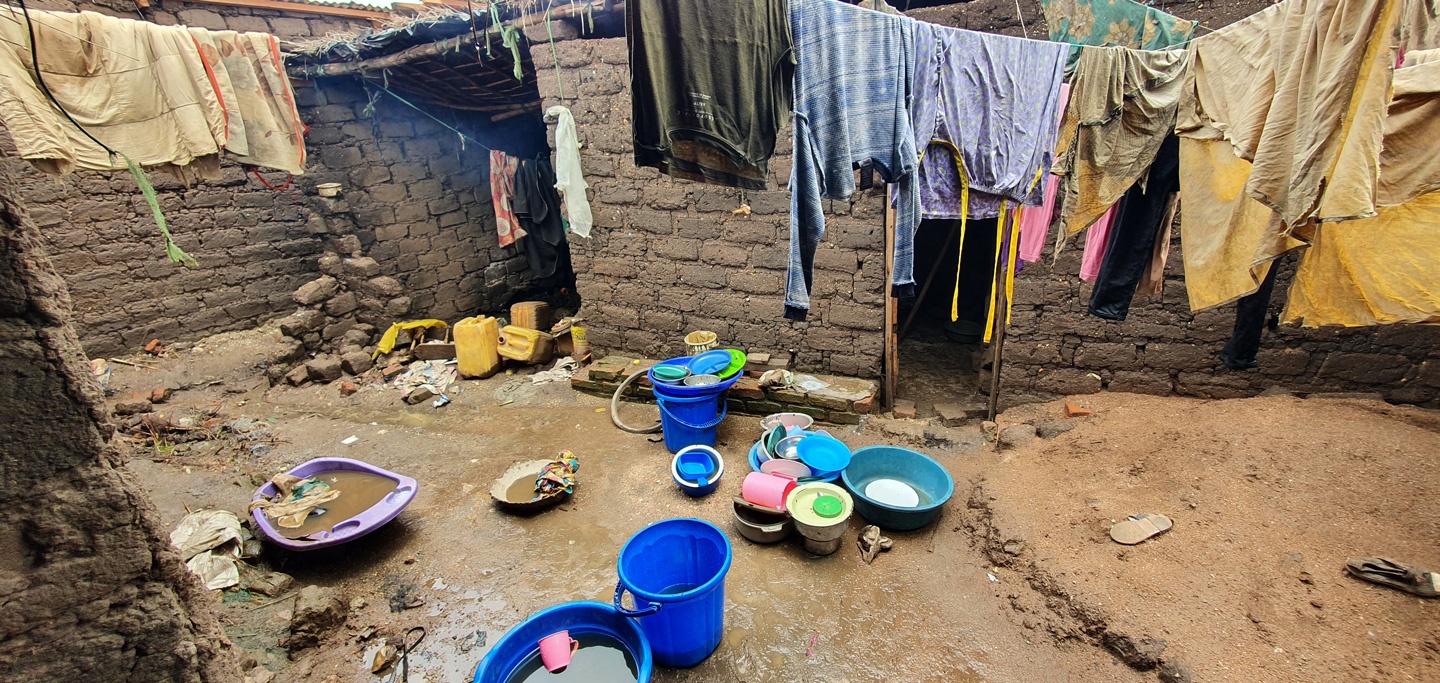
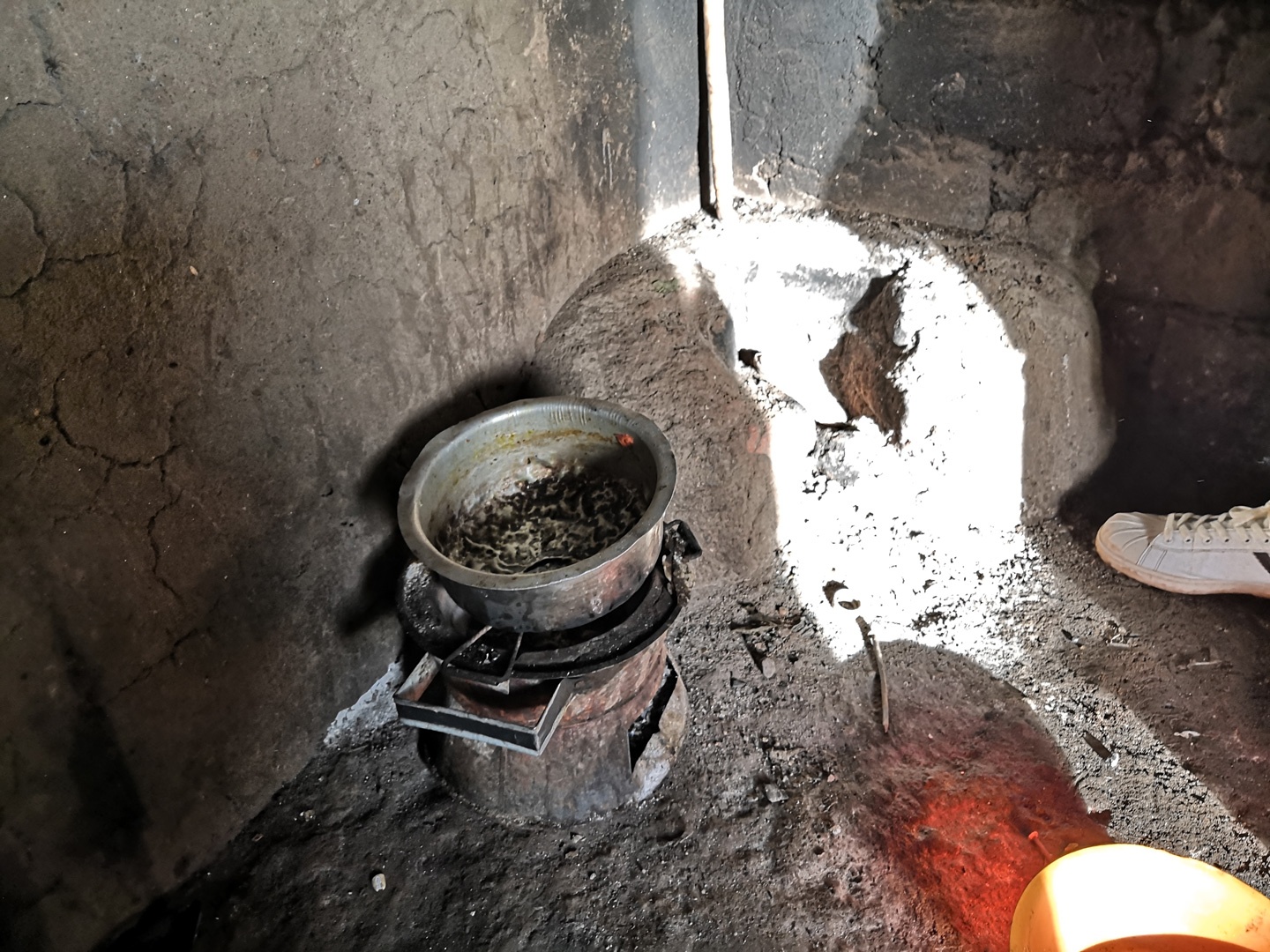
There are no forests nearby. Deforestation is one of the major problems in Malawi. Yet it is wood that the camp inhabitants must burn to cook and feed themselves. The absence of wood leads to a hierarchy of its use. It is first and foremost used for cooking, then for other uses, creating windows for example. As a result, few houses have windows. Their absence can, however, protect from the cold during the winter (temperatures drop to around 5°C).
But what is going on in the minds of these men, women and children who have fled their native land to escape misery, war and death, for a variety of terrible reasons, who find themselves there, in a new form of distress, and without any possibility of going back? Thanks to Ubuntu they have a glimmer of hope.
Some solutions
Observing the constructions during our stay, we saw only malfeasance, construction errors, material failure… At first we felt helpless, given the size of the camp and the scope of the task at hand. We chose to tackle the smoke problem first by proposing an “improved kitchen,” including a chimney which rose significantly above the roof level.
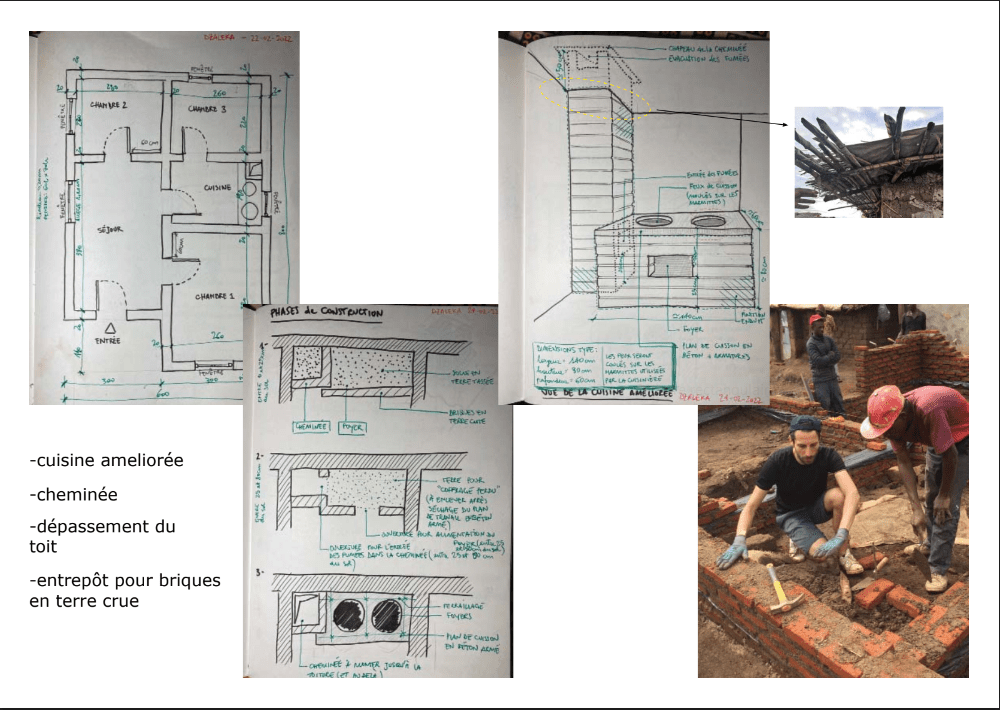
We also emphasised the importance of creating of a warehouse for clay bricks by the UBUNTU association. This way, the inhabitants will be able to get bricks to repair their houses when they need to, whilst avoiding exorbitant prices and, above all, the scarcity of resources during the most risky period for the constructions, as far as possible.
Our mission with Coup de Pouce humanitaire has come to an end. The violence of these life stories has left its mark on me. But I also keep the memory of those smiles bestowed upon strangers.
This trip also raised a number of questions. Throughout this mission, I questioned the legitimacy of our intervention in the field. In other words: Who are we to intervene in their way of life? Is the construction of a school classroom a priority for refugees living in run-down housing? And on the other hand, I was faced with more pragmatic questions, such as how to explain to families that smoke seriously harms health? How can we say that the foundations of buildings must be made of bricks when these people do not even have the means to eat? Thank you for following our story.
Evangelos is now committed to a long-term vision with the Coup de pouce association, working on sustainable development issues under the aegis of the UN. During his next mission, he will study local know-how and new methods of design and construction. We wish him the best success on his next missions!
-
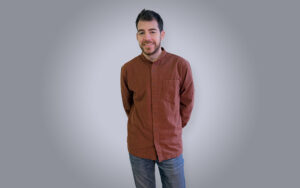
Evangelos Batagiannis Architecte
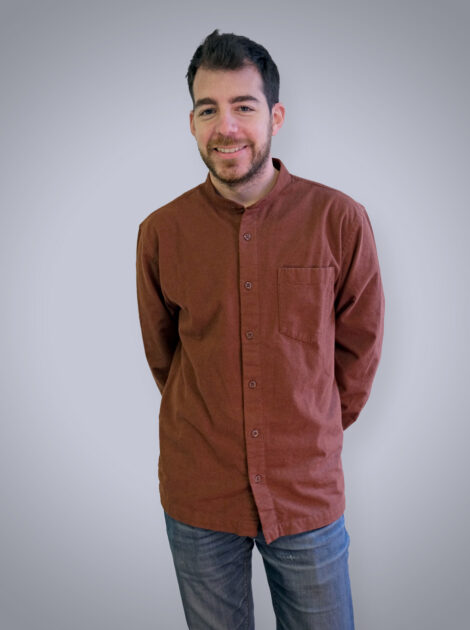
FORMATION
Architecte H.M.O.N.P. – Ecole Nationale Supérieure d’Architecture de Paris la Villette (2016)
Architecte D.E. – Ecole Nationale Supérieure d’Architecture, Paris Val de Seine (2015)
Licence d’Architecture – école Nationale Supérieure d’Architecture de Paris val de seine (2012)
SEMINAIRE
«Patrimoine ancien, moderne et contemporain» – François Gruson
